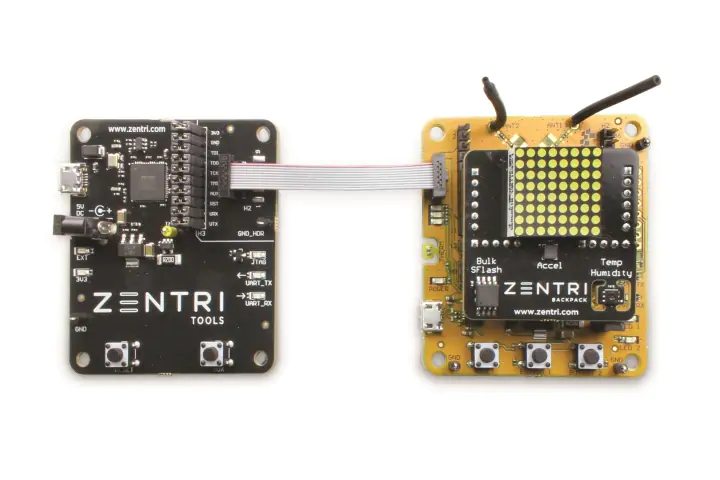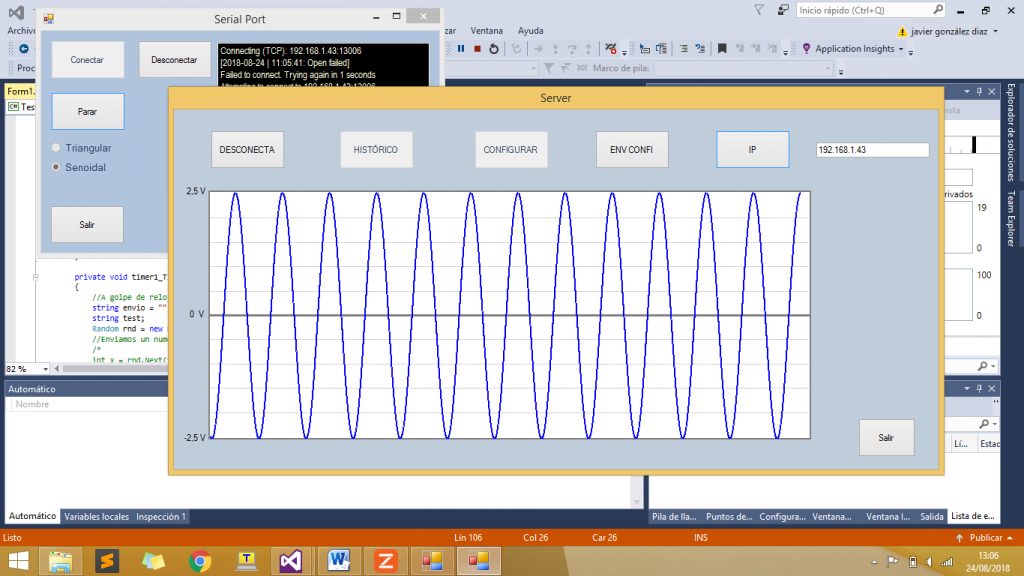With the development of the IoT, the number of devices of different nature and size
that are distributed throughout the environment has increased enormously, generating data
continuously. These data can often be processed where we generate them. However
sometimes we can not have enough computing power to do it or we want to access them
remotely to see the correct functioning of a system or for example to store them in a
database.
With this background it makes necessary to develop an electronic system that can be
conected in an easy way to the place where we are generating the information and transport it
to our central node. For our particular case, we aspire to establish a real time stream in order
to represent the data in a graphic, in order to give to the user a proper view of the
performance of his sensor node.
We have developed a WIFI gateway that allows this automation that we have
explained. We have used the Zentri AMW 106, an ultralow consumption WIFI module who fits
perfect in our requirements. We can attach via serial (using UART) to our electronic system to
the module where we generate the data and creating a TCP-IP client send to our server
wirelessly.
We have also made an effort in develop an user friendly application in the server side.
This application has the ability of representing the data we are sending in real time and at the
same time to store in a file having a register. This register can be accessed to consult the
values obtained in a certain time.





